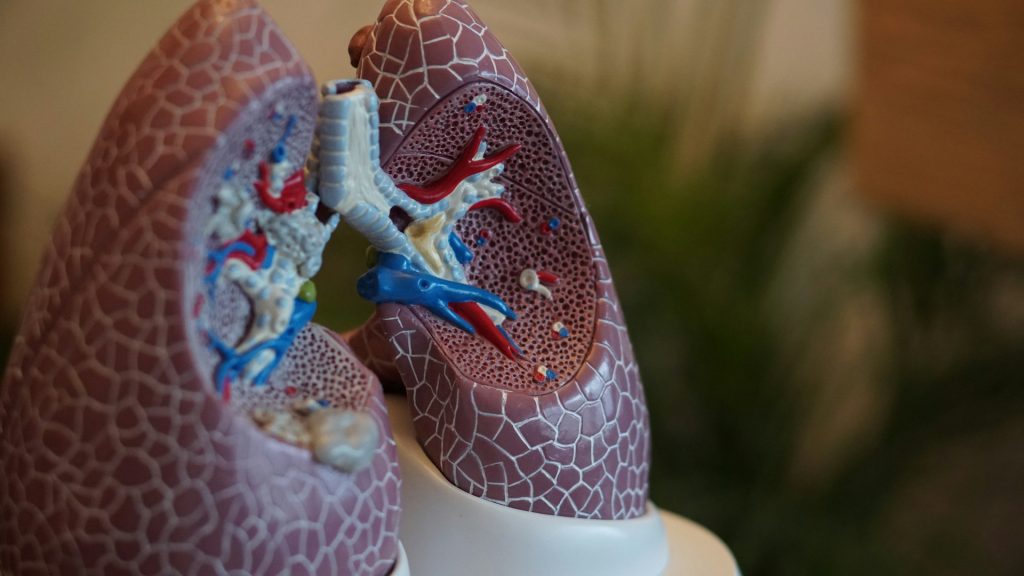Dust, an omnipresent companion in both workplaces and homes, often conceals its potential harm to our respiratory systems. This fine powder, comprised of minuscule particles carried through the air, has far-reaching implications for our lungs. Whether encountered in construction sites, daily chores, or home renovations, various types of dust pose risks, impacting allergies, sensitizing lungs, and even elevating the risk of cancer. In this exploration, we unveil the subtle yet substantial impact of dust exposure on your respiratory system, shedding light on preventive measures and the often-overlooked dangers.

Types of Dust
The array of dust types is vast, ranging from common household particles to occupational hazards. Some particles are so diminutive that the human eye fails to perceive them. Recognizing the diverse forms of dust is crucial in understanding their varying impacts. Among the notable types are silica, asbestos, coal, aluminum, beryllium, tungsten, cotton, iron, tin, barium, talc, organic particles, mold, and even droppings and feather dust. Each carries its own set of dangers, with crystalline silica, coal, asbestos, and metalliferous dust standing out as particularly hazardous.
Where Dust Lurks
Dust is an omnipresent force, lurking in occupational and non-occupational domains alike. Occupations like construction, mining, and trade work face routine exposure, subject to strict safety regulations. Home renovations, laundry activities, and living near construction sites expose individuals to dust in non-occupational settings. A stark example reveals that chimney sweeps, when compared to office workers, exhibited symptoms of dust exposure at a significantly higher rate, underscoring the risks in various settings.
Negative Impact on Respiratory System
The negative impact of dust on the respiratory system is profound. Routine exposure heightens the risk of lung cancer, with the severity contingent on particle size and settlement within the body. While the body deploys defense mechanisms, such as macrophages in the nose and throat, to combat smaller particles, larger or numerous particles can overwhelm these defenses. The deepest recesses of the lungs become the battleground for more substantial injuries, leading to sensitization, allergic reactions, tearing, scarring, infections, and heightened susceptibility to diseases.

Weakening the Lungs
Dust exposure weakens the respiratory system, sensitizing the lungs and fostering heightened allergic responses. The tearing and scarring of lung tissues decrease their strength, leaving individuals susceptible to infections and diseases. Regular inhalation of dust significantly escalates the risk of lung diseases and cancer. Certain dust types correlate with specific ailments; talc dust exposure can result in talcosis, while aluminum dust is linked to aluminosis. Nasal irritants may lead to rhinitis, inflammation of nasal mucous membranes.
Avoiding Dust Exposure
While complete avoidance of dust exposure is impractical, proactive measures can shield against its adverse effects. In high-dust environments, wearing protective gear like face masks and eye protection is essential. Residents in arid regions should monitor local dust levels, opting to stay indoors or use protective masks when levels surge. Taking these steps today is paramount, as they serve as a defense against the silent yet pervasive menace that is dust.

In conclusion, understanding the impact of dust exposure on your respiratory system is a vital step toward safeguarding your health. The multifaceted risks associated with various dust types demand awareness and proactive measures. By unraveling the subtle yet substantial dangers, we empower ourselves to navigate environments laden with dust. Let this knowledge be a clarion call to action, urging all to don protective armor against this often-overlooked adversary. A resilient respiratory system is not just a shield; it’s a testament to our commitment to a healthier, dust-aware existence.





